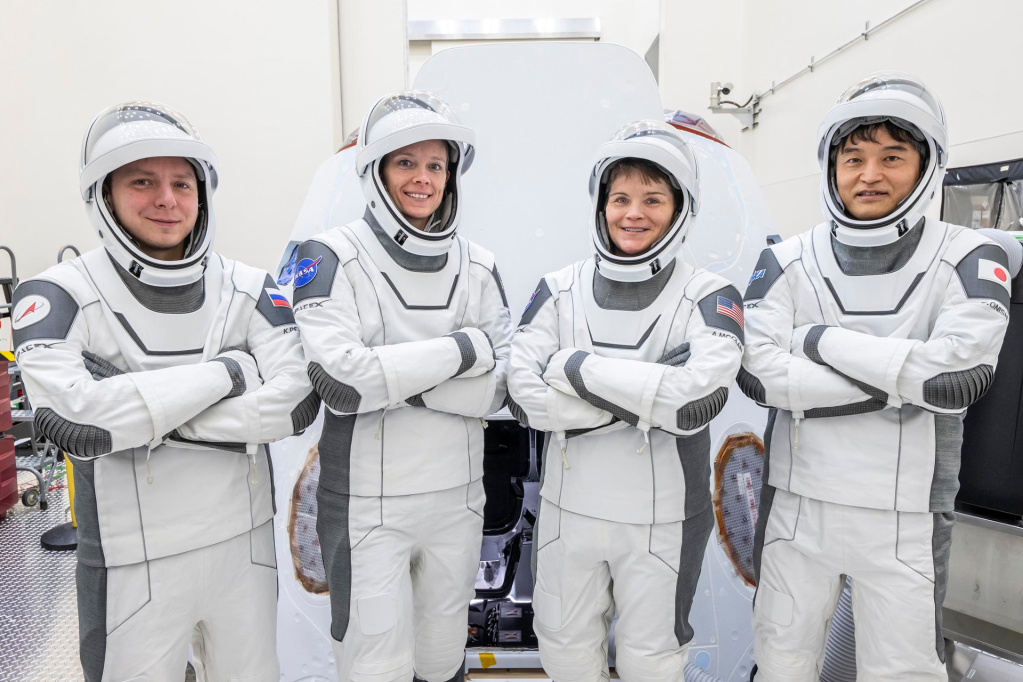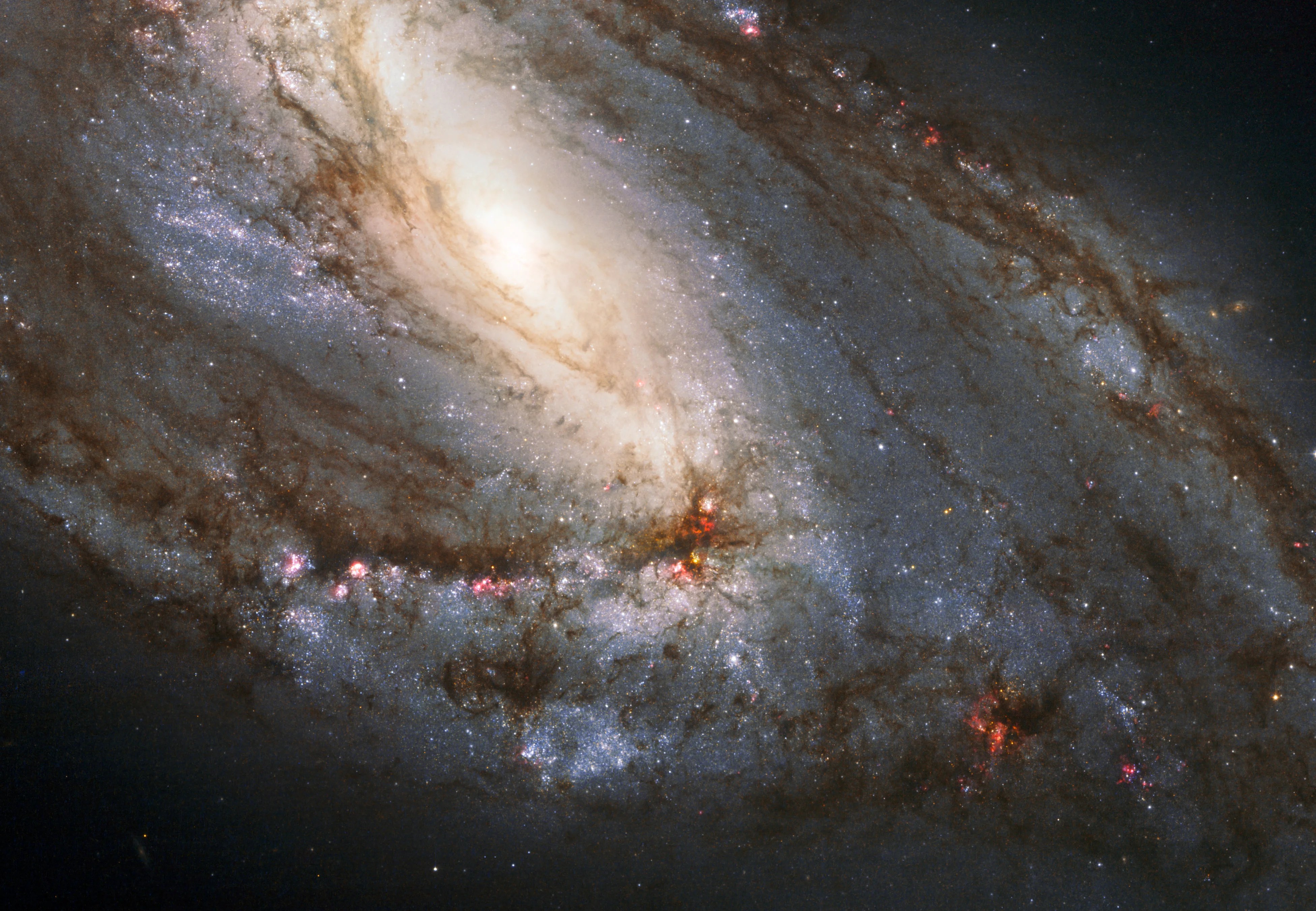Platform
Open Innovation Pavilion, InnoCentive
Total Award Available
$30,000
The Challenge
Future exploration of the solar system will pose a significant radiation exposure risk to both humans and hardware. Energetic particles emitted by the sun during Solar Particle Events (SPEs) increase exposure above background levels and could be mission limiting. There is no method available to predict the onset, intensity or duration of an SPE. Of particular interest for mission operations is the ability to predict, or forecast periods from 4 to 24 hours of low probability of having an SPE, i.e an ‘All-Clear’ forecast. Multiple observational platforms currently exist to monitor solar activity. Any method to forecast utilizing real-time and\or historical observations is of interest.
Winner Spotlight
Over 500 problems solvers from 53 countries answered the call to this challenge. The full award of $30,000 went to Bruce Cragin, a retired radio frequency engineer from Lempster, N.H., for his proposed solution for forecasting solar activity. Cragin’s solution allows for a 24-hour forecast window of event onset with 75 percent accuracy.
How the Challenge advances NASA’s mission
The major benefit from this challenge was that it allowed a large amount of people who had never worked with a government request for proposals to submit creative and innovative solutions. In a survey of the nearly 3,000 solvers that competed in seven NASA prizes, 81% reported that they had never before responded to a government request for proposals, let alone worked with NASA. This is great evidence of the expanded talent pool that prizes can attract.
For more information on the Data-driven Forecasting of Solar Events Challenge visit
https://www.nasa.gov/centers/johnson/news/releases/2010/J10-017.html































